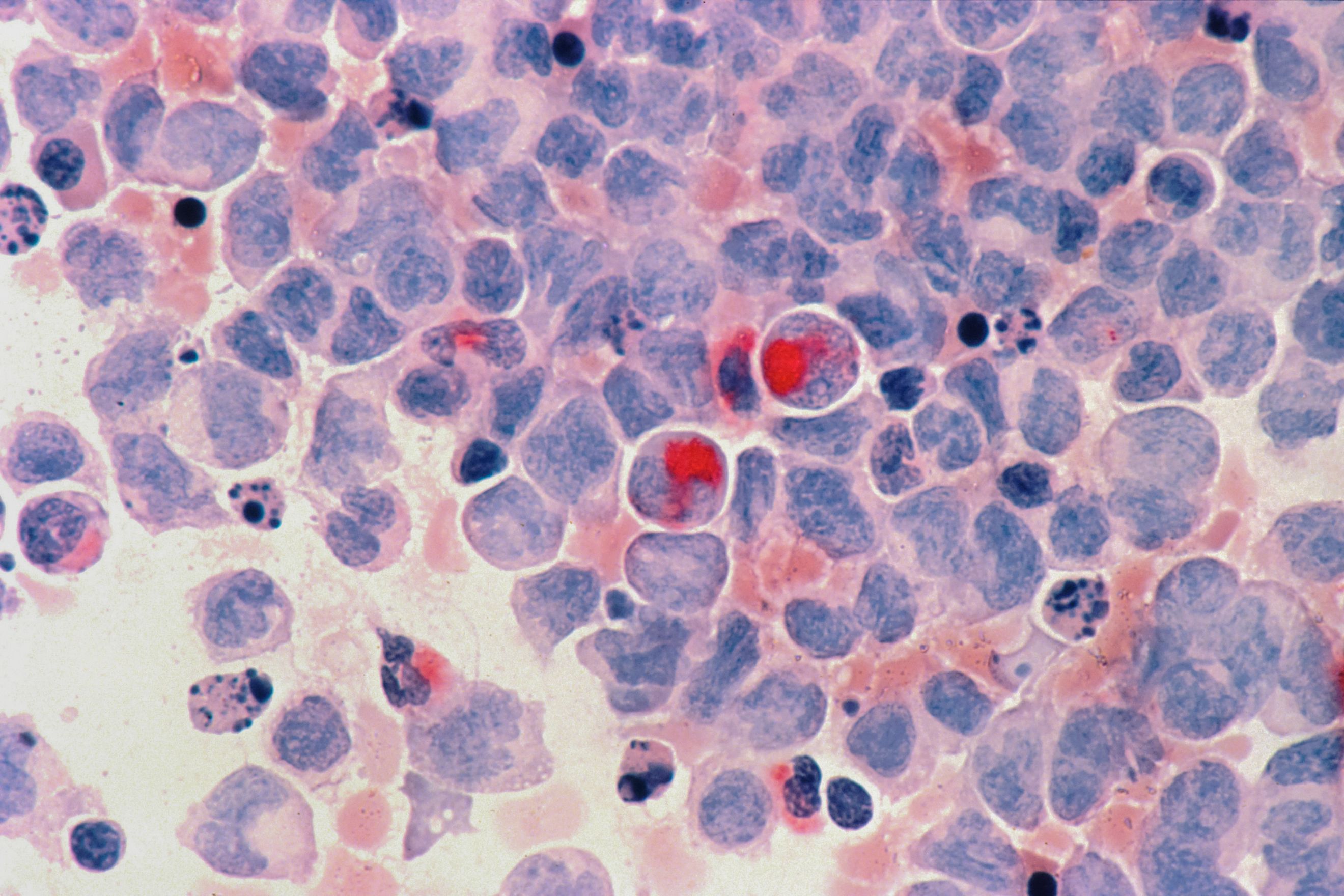
Cancer and Particulate Matter
Air pollution can "wake up" cancer-causing mutations.
Summary: Researchers have found that inactive cancer-causing mutations that accumulate naturally can be “woken up” by air pollution enabling them to grow and potentially form tumours.
Why this is important: Ambient air pollution is estimated to lower life expectancy by up to 3.5 years - more than from tobacco smoking.
The big theme: There are two links with investing activity, the first is around the longer-term drive to reduce air pollution, including PM2.5 and ultimately improve life expectancy and the other relates to repurposing of existing drugs, to help solve new challenges in an unexpected way.

The details
Scientists from the Francis Crick Institute and UCL, led by Cancer Research UK Chief Clinician Professor Charles Swanton, have revealed how air pollution can cause lung cancer in people who have never smoked. The study examined data from more than 400,000 people and found higher rates of other types of cancers in areas with high levels of fine particulate matter, known as PM2.5.
Globally, about 300,000 lung cancer deaths in 2019 were attributed to exposure to PM2.5 and it is estimated that 1 in 10 cases of lung cancer in the UK are caused by outdoor air pollution.
Inactive cancer-causing mutations that accumulate naturally can be “woken up” by air pollution enabling them to grow and potentially form tumours. The team found that mice with a mutation associated with a particular type of lung cancer (EGFR) that also had air pollution levels of those normally found in cities were more likely to develop cancer than those not exposed.
The mechanism unearthed is that Interleukin-1 beta (IL-1𝛽) is released in response to PM2.5 exposure. The research team found that blocking IL-1𝛽 prevented cancers developing in EGFR mutation-carrying mice.
Let's take a look at why this is important...
Why this is important
The link between ambient air pollution and life expectancy has been well documented. In a 2020 study conducted by the Max Planck Institute for Chemistry it was estimated that global excess mortality from all ambient air pollution was between 7.11 and 10.41 million per year. In addition it was estimated to lower life expectancy by between 2.3 and 3.5 years - more than from tobacco smoking.
A number of long term studies looking at data from Seattle and Canada have suggested a link between proximity to air pollution, particularly traffic related, and dementia risk. Neuroscience pioneers Biogen, for example, have centred their Sustainability initiative around the link between harmful emissions, air pollution and brain health with their “Healthy Climate, Healthy Lives” programme.
What other issues does this raise?
What is interesting about the findings from the Francis Crick institute is the identification of a mechanism making the link between PM2.5 and the onset of cancer.
What are the sources of PM2.5? Taking the UK as an example, approximately 15% comes from naturally occurring sources such as pollen and sea-spray. Man-made sources include domestic combustion, industrial processes, manufacturing and construction and road transportation.
Road transportation was estimated to be 13% of PM2.5 emissions in the UK in 2020 and 12% of the larger PM10 emissions. Historically exhaust emissions were the major source, but improvements in emissions standards and the increase in non-emitting exhausts (most notably EVs) have brought that right down (so some good news - see chart below).
However, 10% of PM emissions are non-exhaust, most notably from brake, tyre and road wear. In fact, real-world testing experts Emissions Analytics found that tyre wear could be 1,000 worse than exhaust emissions. This may be a bigger problem for EVs as their batteries make them heavier than conventional vehicles increasing wear. Ultimately fewer car journeys, regardless of the drive train will be key, potentially driving demand for cost effective and efficient public transport, ride sharing or light vehicle adoption, including two- and three-wheelers.
Outside of the UK, residential pollution is the main source of human-made sources (which includes both home and transport). In areas such as Africa and West Asia that are close to deserts, windblown dust is a major source. On a trip to visit a car dealership in Beijing in 2013 it was interesting to note that a car washer was employed all day every day to clear dust blown in from the Gobi desert.
Lower middle income countries have been found to have the highest mean annual exposure to PM2.5 air pollution.
In 2021, the WHO updated their PM2.5 annual mean air quality guideline to five micrograms per cubic metre. The previous 2005 guideline level was 10 micrograms per cubic metre. This means that in 2019, 99 percent of the world population was living in places where the WHO’s strictest air quality guideline levels were not met.
Mechanism to cancer treatment? Finally, as the mechanism for PM2.5 encouraging cancers has been discovered can existing therapies be repurposed to potentially produce cancer treatments? Professor Swanton thinks so. Novartis tried with their IL-1𝛽 inhibitor canakinumab (an immunology drug sold as “Ilaris” for treating arthritis) but was not successful in three different non-small cell lung cancer trials. However, it has opened avenues for further investigation. A successful repurposing extends the commercial life of a molecule as well as improving productive lives in the community overall. If you are not familiar with successful repurposing of drugs, I suggest you take a hard look at sildenafil.
Something a little more bespoke?
Get in touch if there is a particular topic you would like us to write on. Just for you.
Contact us
Please read: important legal stuff.

